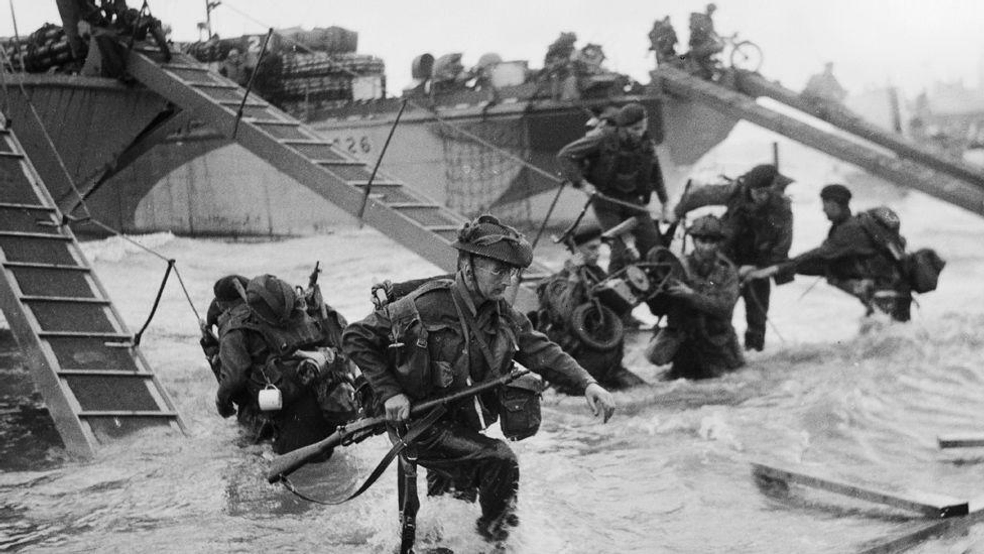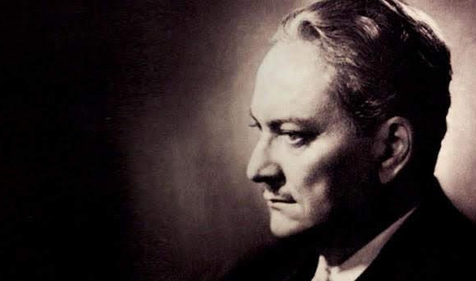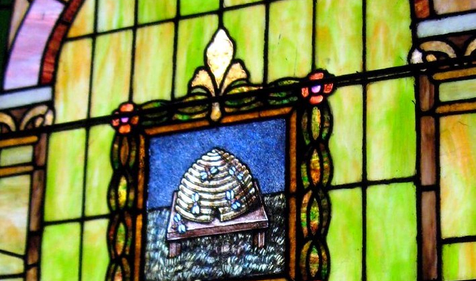On June 6th, 1944, the Allied Forces stormed the beaches of Normandy, France and began the greatest military campaign the world has ever known. Pivotal to their success that day was the courageous actions of a 24-year-old sergeant in the 2nd Ranger Battalion, Brother Leonard G. "Bud" Lomell.
It has been 76 years since the Allied Forces stormed the beaches of Normandy and the most remarkable military effort in human history began. The task was so great, and those who fought did so with such convictions and bravery that we cannot help but take pause and honor them each year. Among the heroes that served the fateful morning of June 6, 1944, was a 24-year-old sergeant and platoon leader in the 2nd Ranger Battalion, Bro. Leonard G. "Bud" Lomell. His actions that day were so courageous and essential to the war effort, renowned historian Stephen Ambrose dubbed Lomell as the single individual — other than Gen. Dwight D. Eisenhower — most responsible for the success of D-Day.
Pointe Du Hoc
The day that has become known as D-Day saw one of the largest amphibious military attacks in history. Codenamed Operation Overlord, the mission tasked approximately 156,000 American, British, and Canadian troops with invading five beaches along 50-miles of coastal Normandy in France. The coast was heavily fortified, with Pointe du Hoc harboring the German Army's most powerful coastal weapons. These included five 155-millimeter German guns with a range of 10-15 miles that threatened the thousands of troops landing on the beaches and the ships providing them support from the English Channel. Sgt. Lomell’s 2nd Ranger Battalion was tasked with the nearly impossible mission of scaling the sheer 100 ft. cliffs of Pointe du Hoc and dismantling the weapons. What the Allied intelligence did not know that morning was the Germans had concealed their powerful guns in an orchard and placed decoys atop the cliffs.
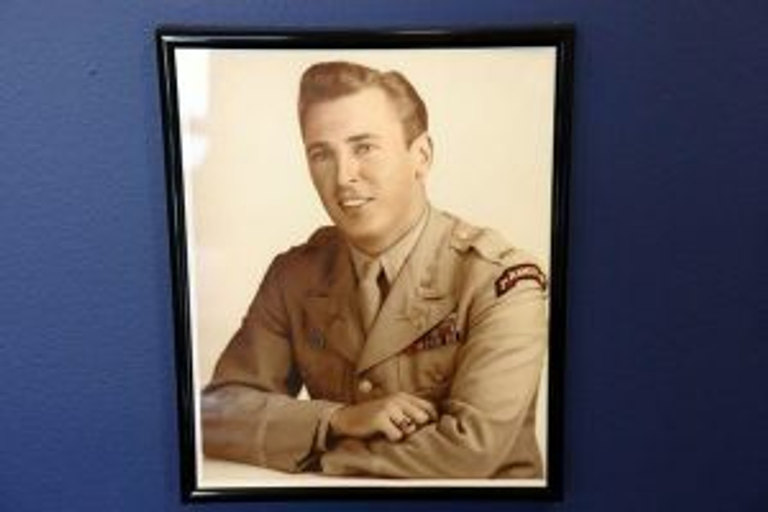
As the invasion began, Lomell was shot before setting foot on the beach. Despite his injury, in which he nearly drowned, he and his fellow Rangers climbed ropes hand-over-hand to the top of the cliffs despite sustaining heavy casualties. When they reached the reported location of the guns, there was no sign of the guns or artillery equipment. Forming a patrol to seek out the missing weapons, Lomell found five of the 155s camouflaged in the orchard and positioned to fire toward Utah Beach and Omaha Beach where American troops were landing. In Lomell's words, "it was pure luck" that they could find and disable the weapons, which were unmanned while German soldiers bunkered in a French farmhouse 100 yards away. Brother Lomell used incendiary grenades to take the guns out of combat.
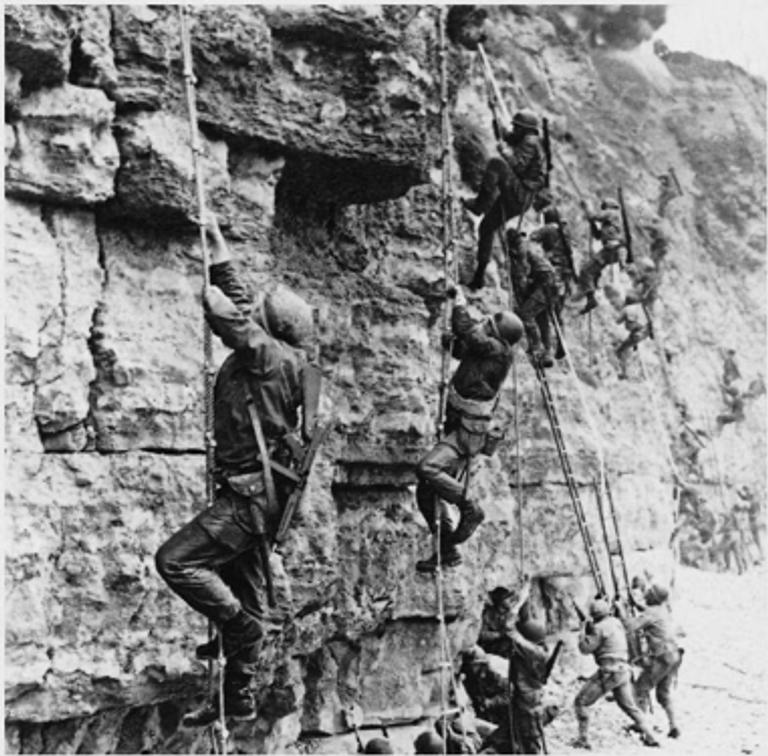
His actions that day were vital to the success of Operation Overlord, saving countless lives, and earned him the Distinguished Service Cross, the nation’s second-highest military honor.
An Honorable Discharge
After D-Day, Lomell served in the Battle of Hurtgen Forest. Here, he earned a Silver Star for heroism and leadership with his actions in capturing and holding Hill 400. Later, at the Battle of the Bulge, he was wounded yet again. He was honorably discharged from service in December of 1945.
After the war, Bud Lomell returned home and settled in Tom’s River, New Jersey. Bud graduated from Rutgers University Law School and built a successful law practice. Lomell gained a reputation for doing pro bono work on behalf of the poor and as a "fierce advocate for women in trouble." He married Charlotte Ewart, a nurse, on the second anniversary of D-Day and they remained together for 64 years. Together they raised three daughters: Georgine, Pauline, and Renee.
Despite the significance of his deeds during the war, Sgt. Lomell rarely spoke about his experience fighting in D-Day and beyond. His former law partner, Robert Fall, said of Lomell, “We were all his law partners for years. We never knew how significant a role he had played in D-Day…Bud never talked about that stuff because he was one of the most modest guys you’d ever want to meet.’’
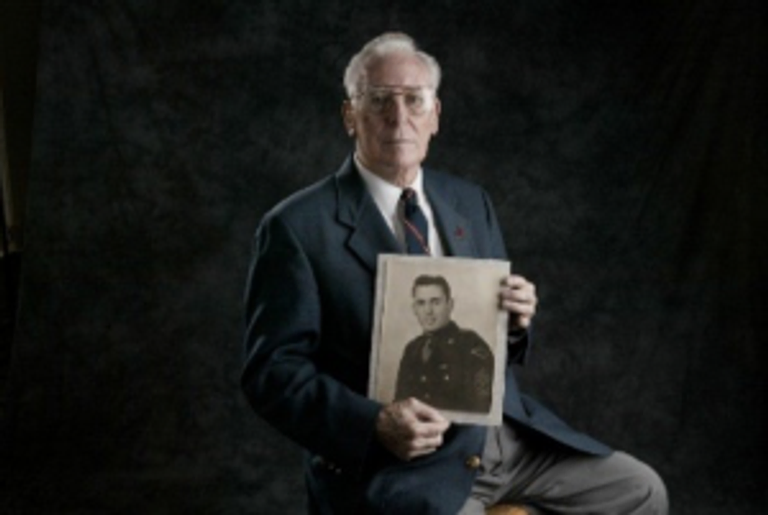
A Masonic Legacy
In the years following the war, Bud became a Freemason, joining Durand Lodge No. 179 in Point Pleasant, NJ. He was raised a Master Mason on March 25, 1946, and continued his Masonic journey by becoming a member of the Scottish Rite Valley of Central Jersey. Brother Leonard G. “Bud” Lomell died on March 1, 2011, at 91. In 2013, the Scottish Rite, NMJ posthumously awarded him the Daniel D. Tompkins Award for Distinguished Service, which Mrs. Lomell accepted on his behalf. The Scottish Rite, Northern Masonic Jurisdiction continued to stay in touch and support Mrs. Lomell following her husband’s death until her own passing shortly after.
Throughout his life, Brother Lomell represented the best of Freemasonry in both deeds and thought. He embraced the Masonic tenets of Brotherly Love, Relief, and Truth. As a Scottish Rite Mason, he embodied our Core Values, particularly Devotion to Country, Integrity, Justice, and Service to Humanity. It is an honor and a privilege to have had him in our ranks and to have the chance to call him Brother. Thank you, Bud, and to all those who served in D-Day for your service and sacrifice.
Related Stories
Discover additional Scottish Rite blogs and news on this topic.
-
A Jolly Masonic Mug
History
Read More about A Jolly Masonic Mug
-
Manly P. Hall: Philosopher, Mystic, and Freemason
Famous Masons
Read More about Manly P. Hall: Philosopher, Mystic, and Freemason
-
What Does the Beehive Mean in Freemasonry?
Degrees
Read More about What Does the Beehive Mean in Freemasonry?
